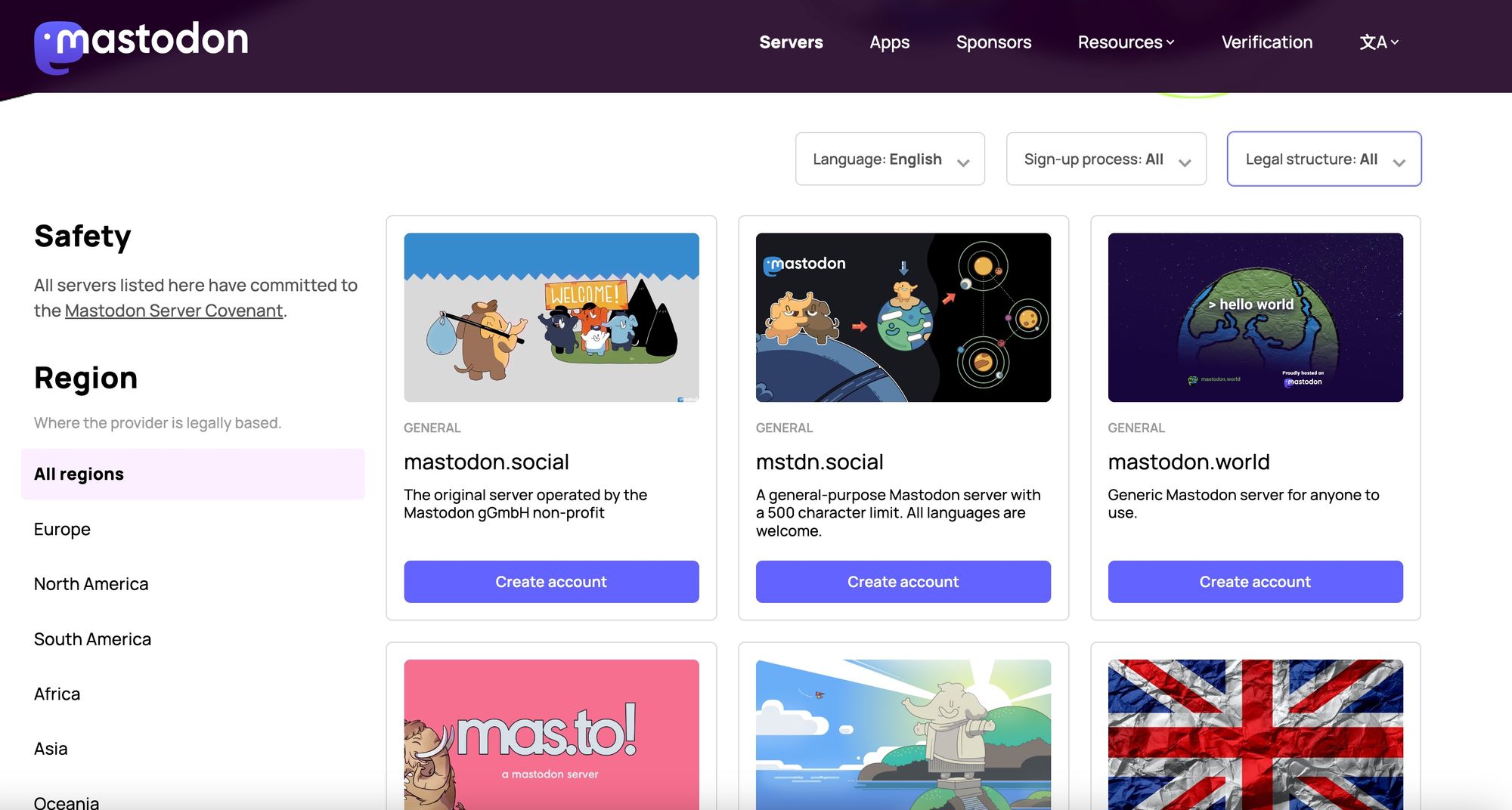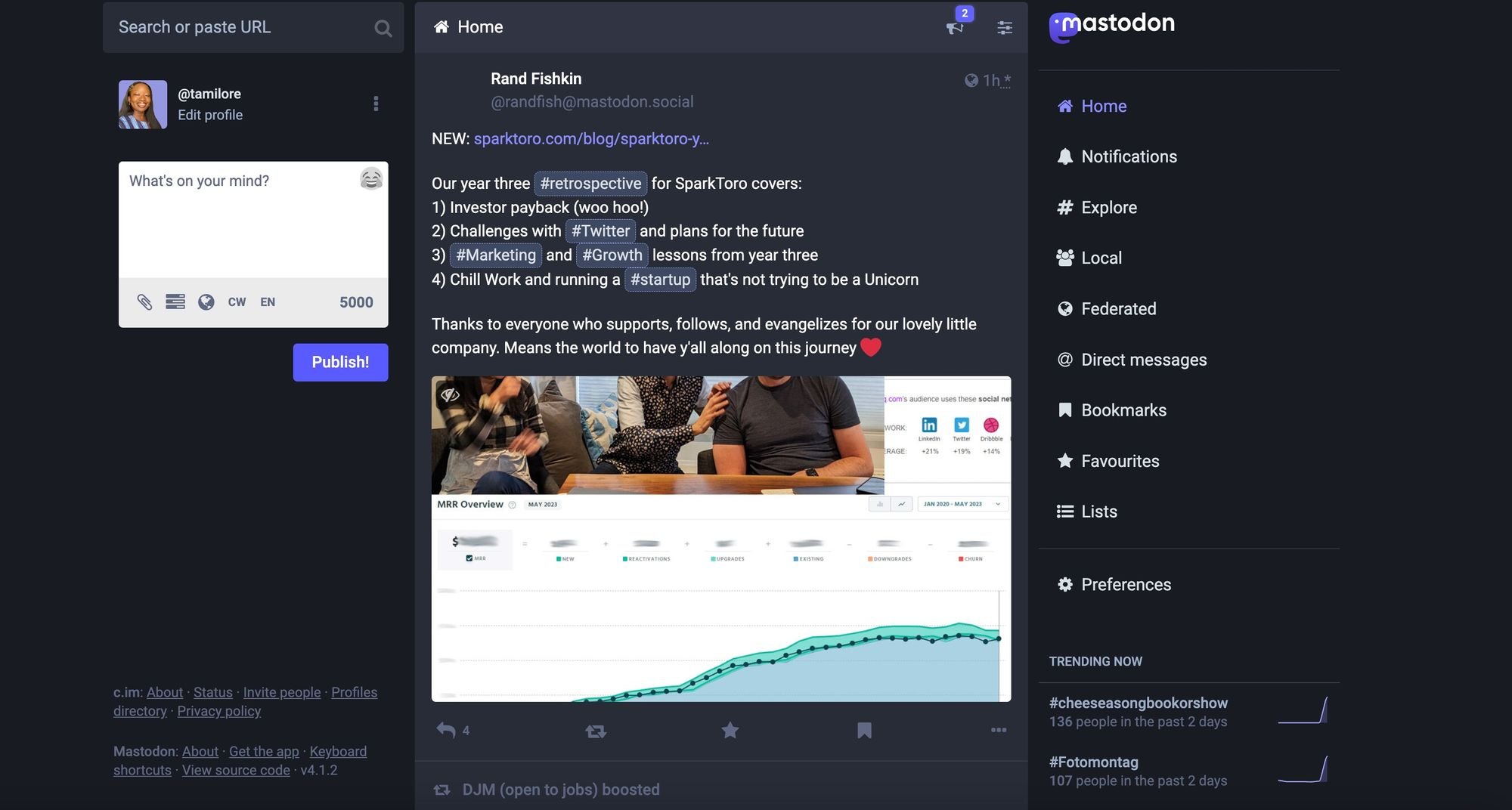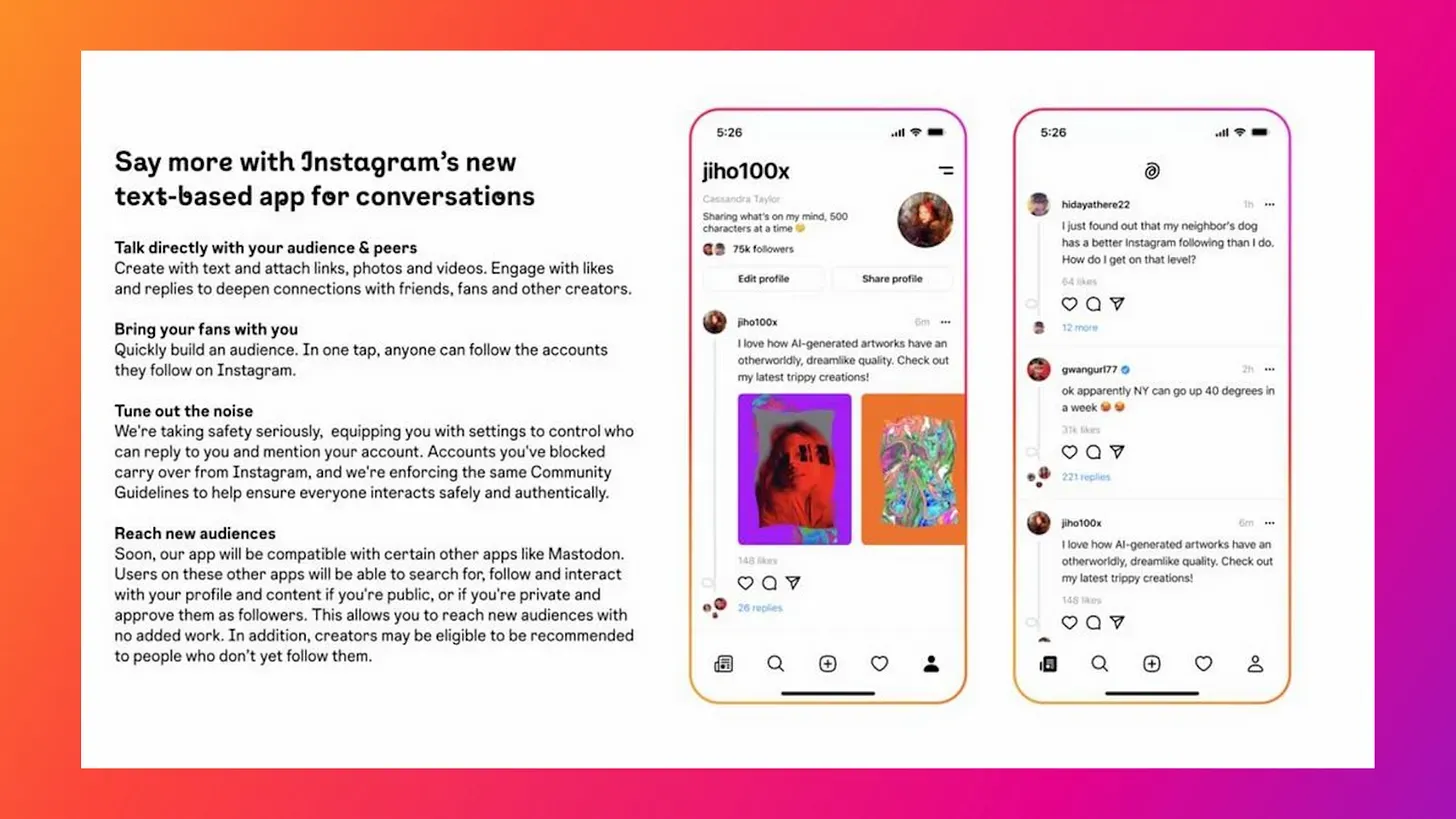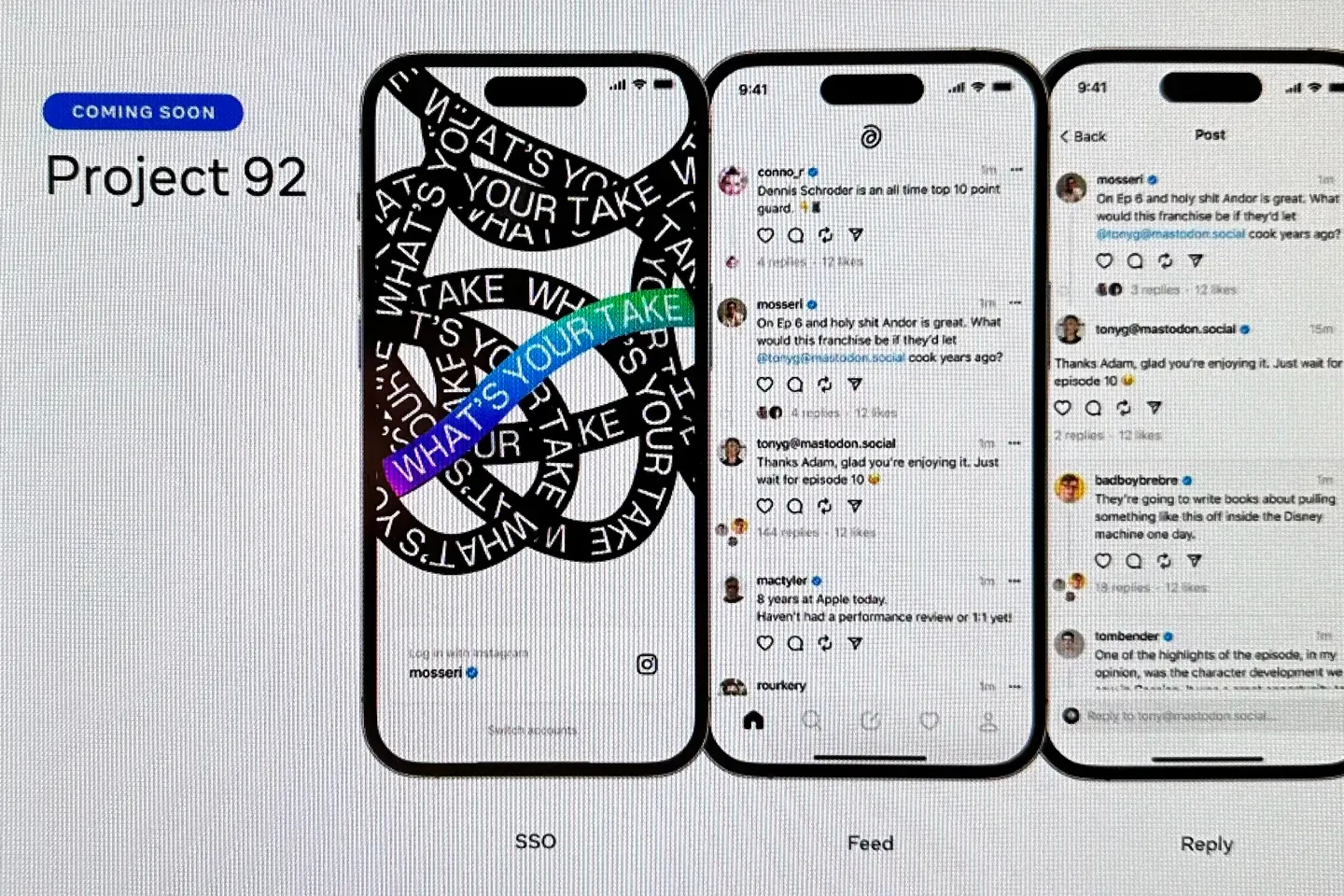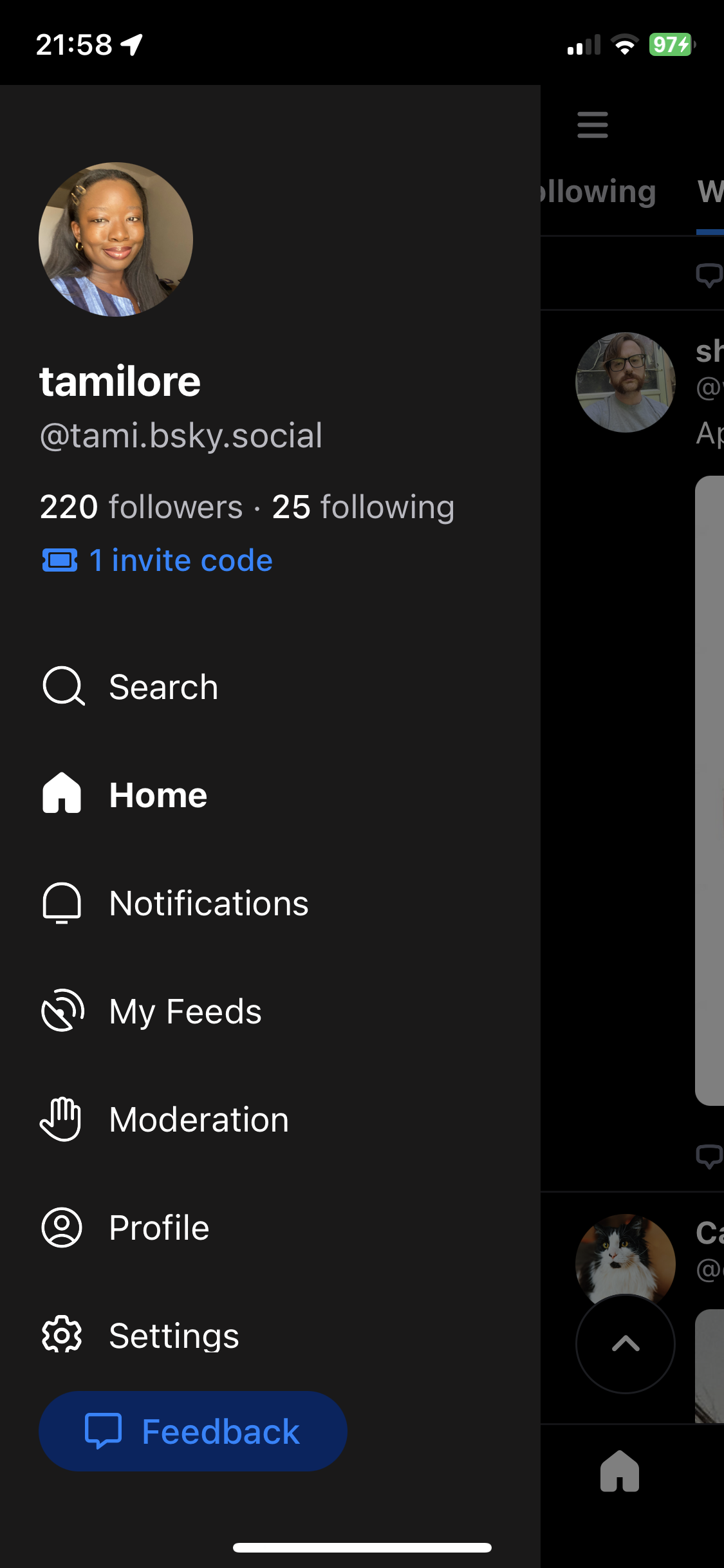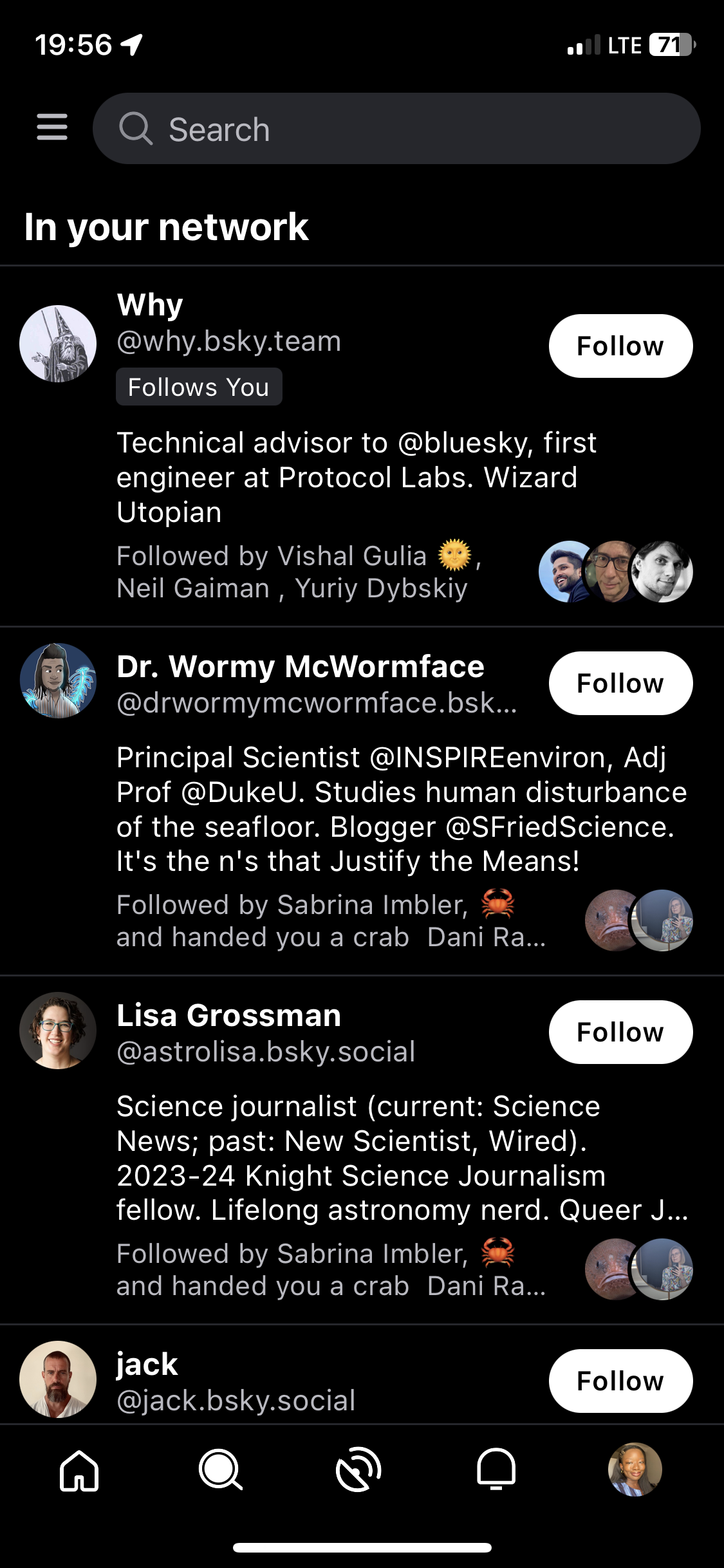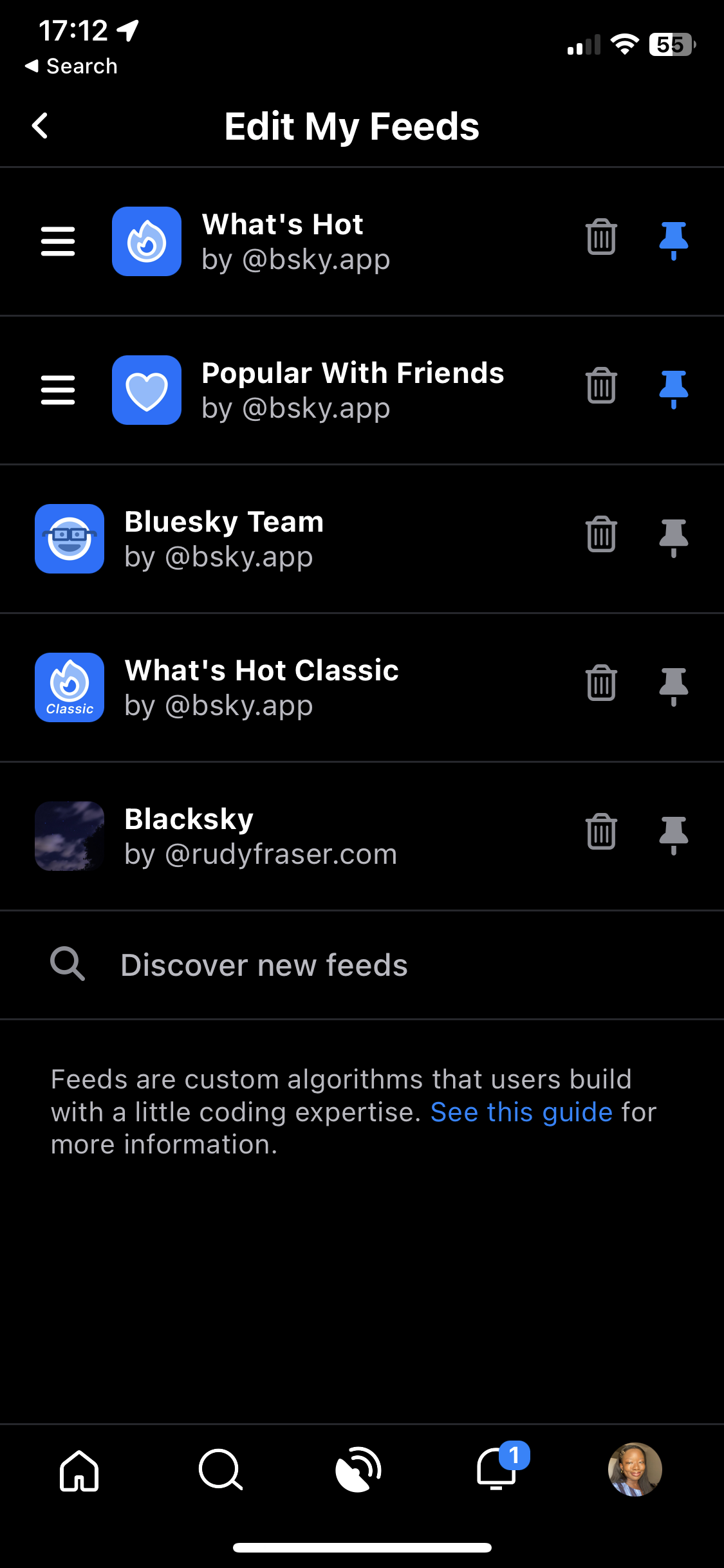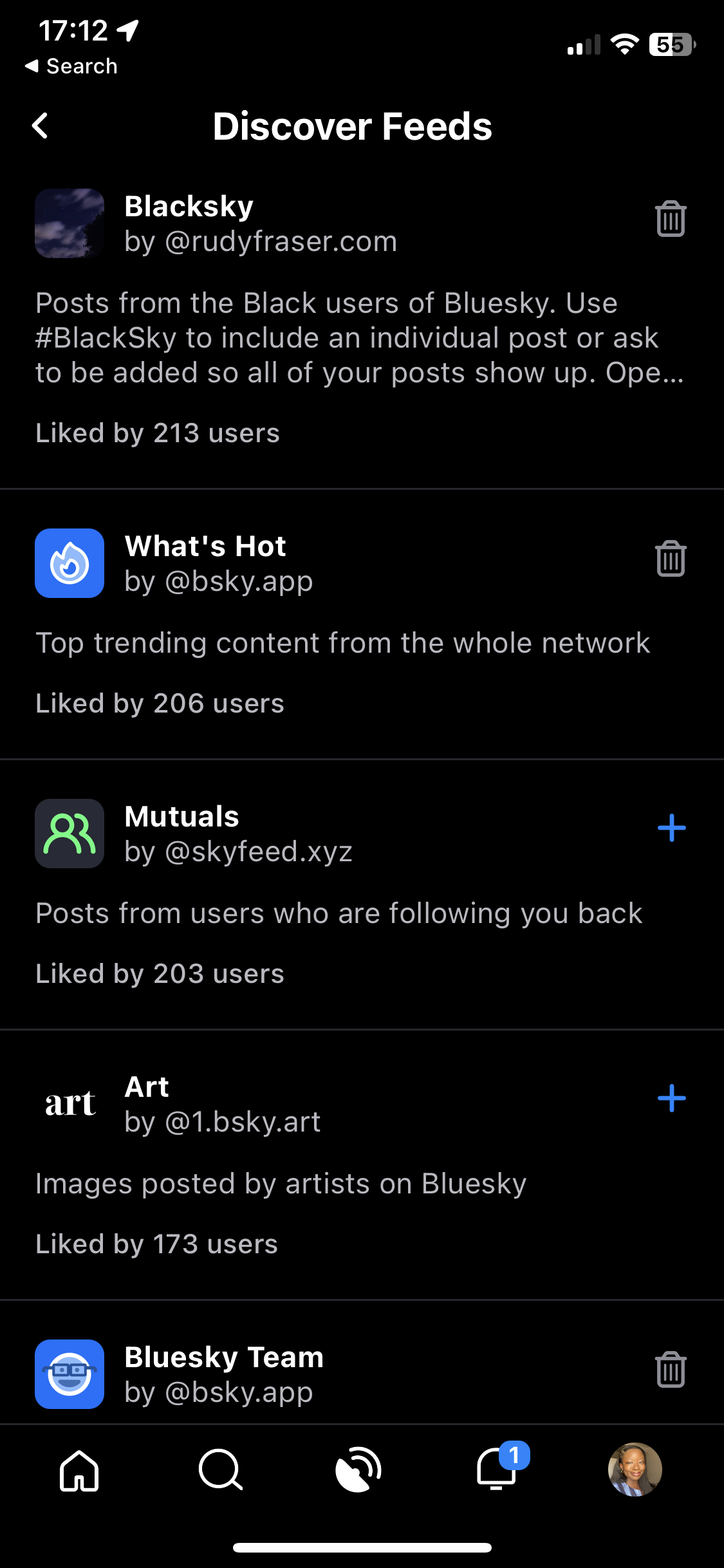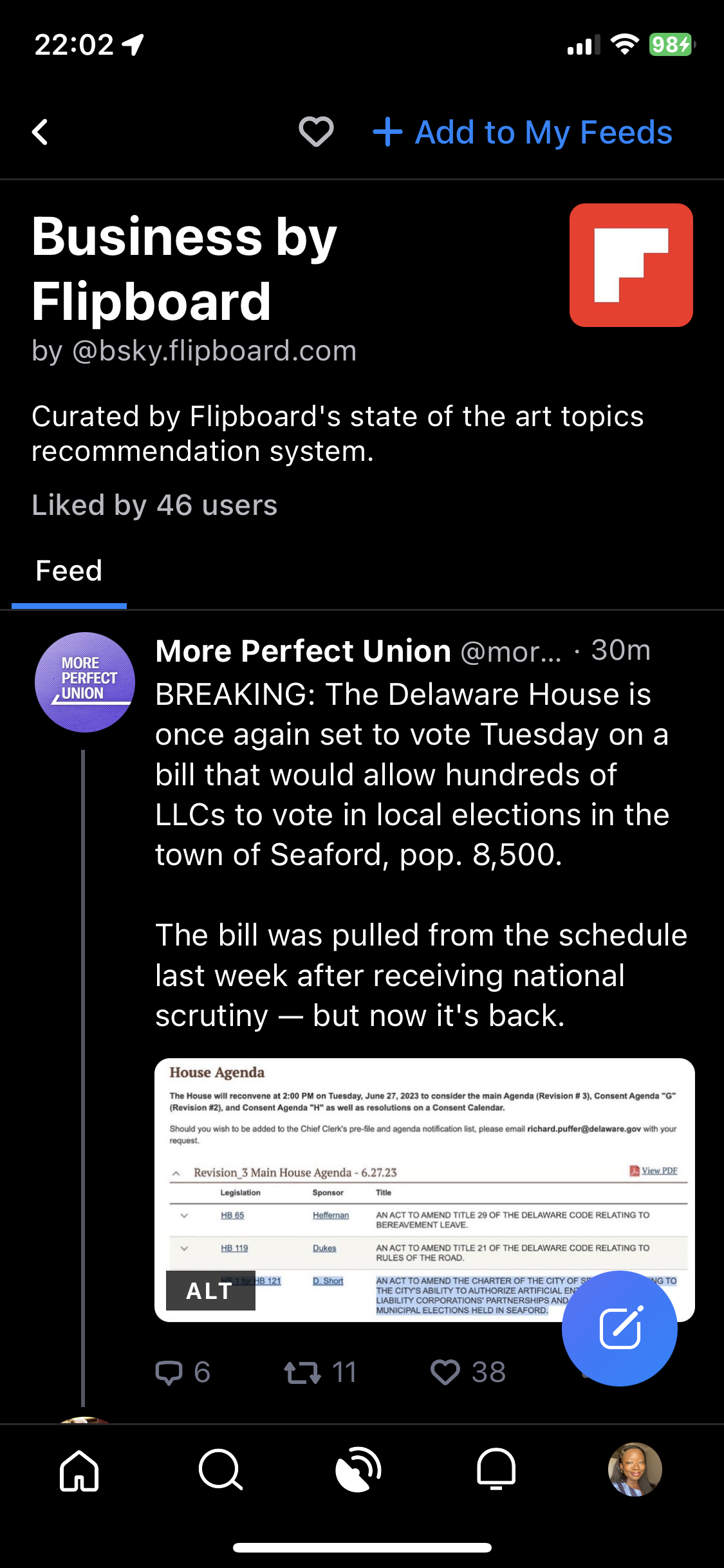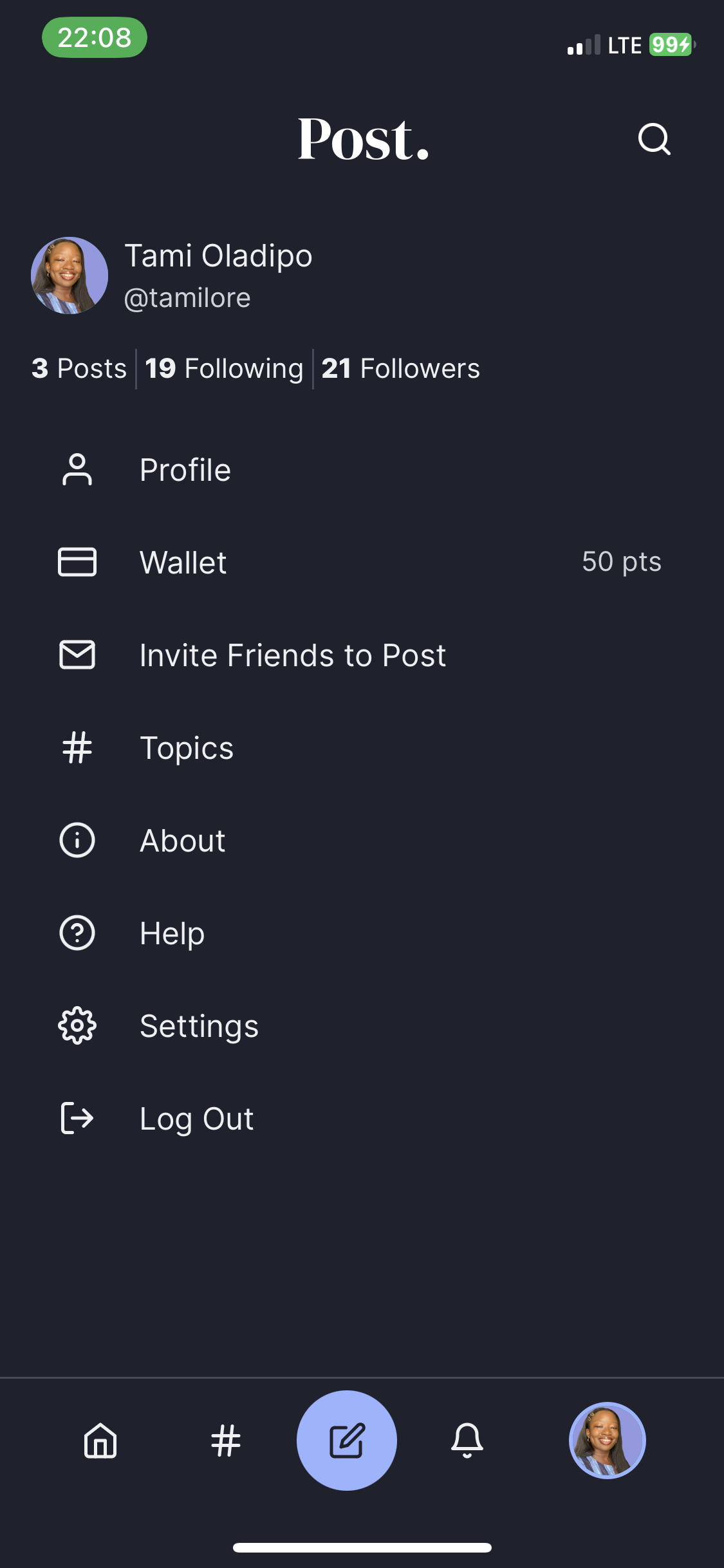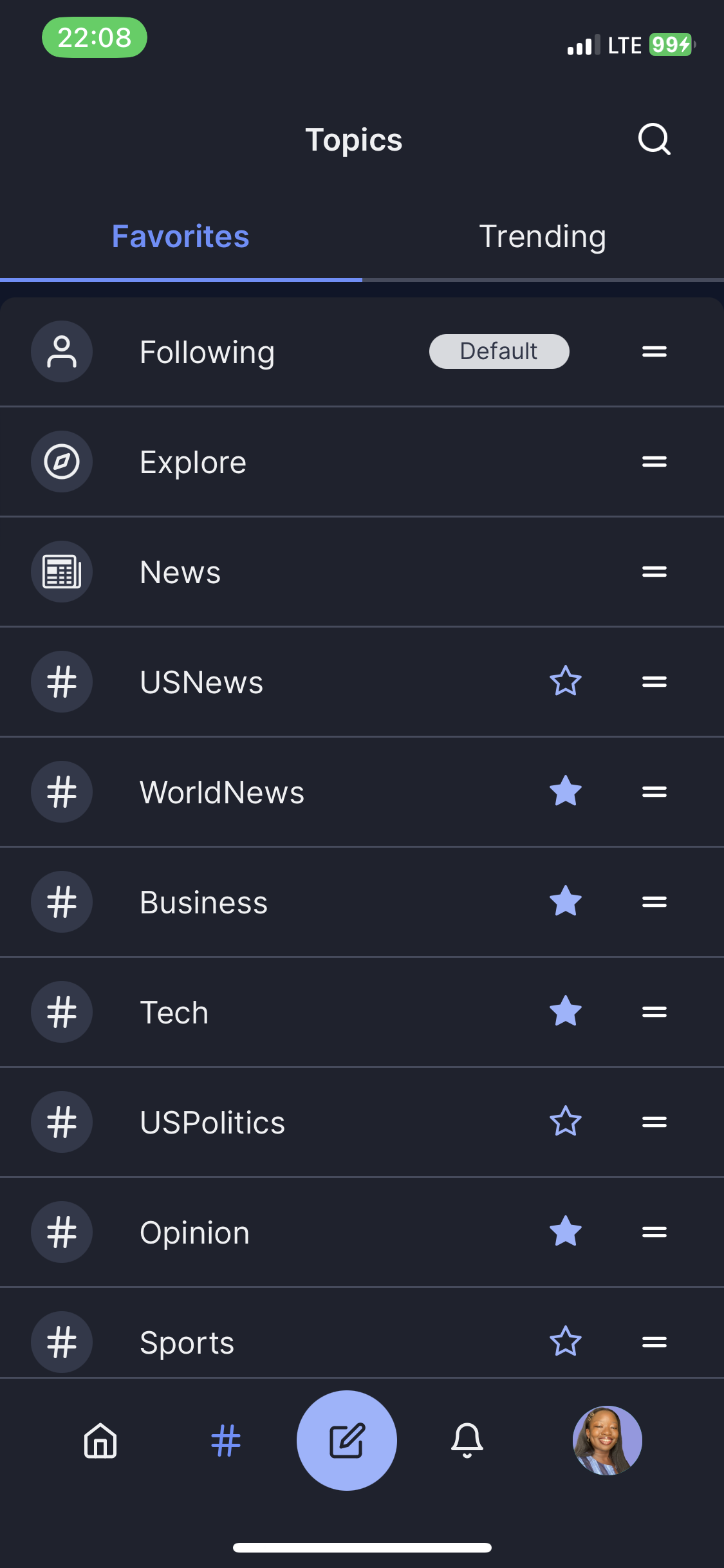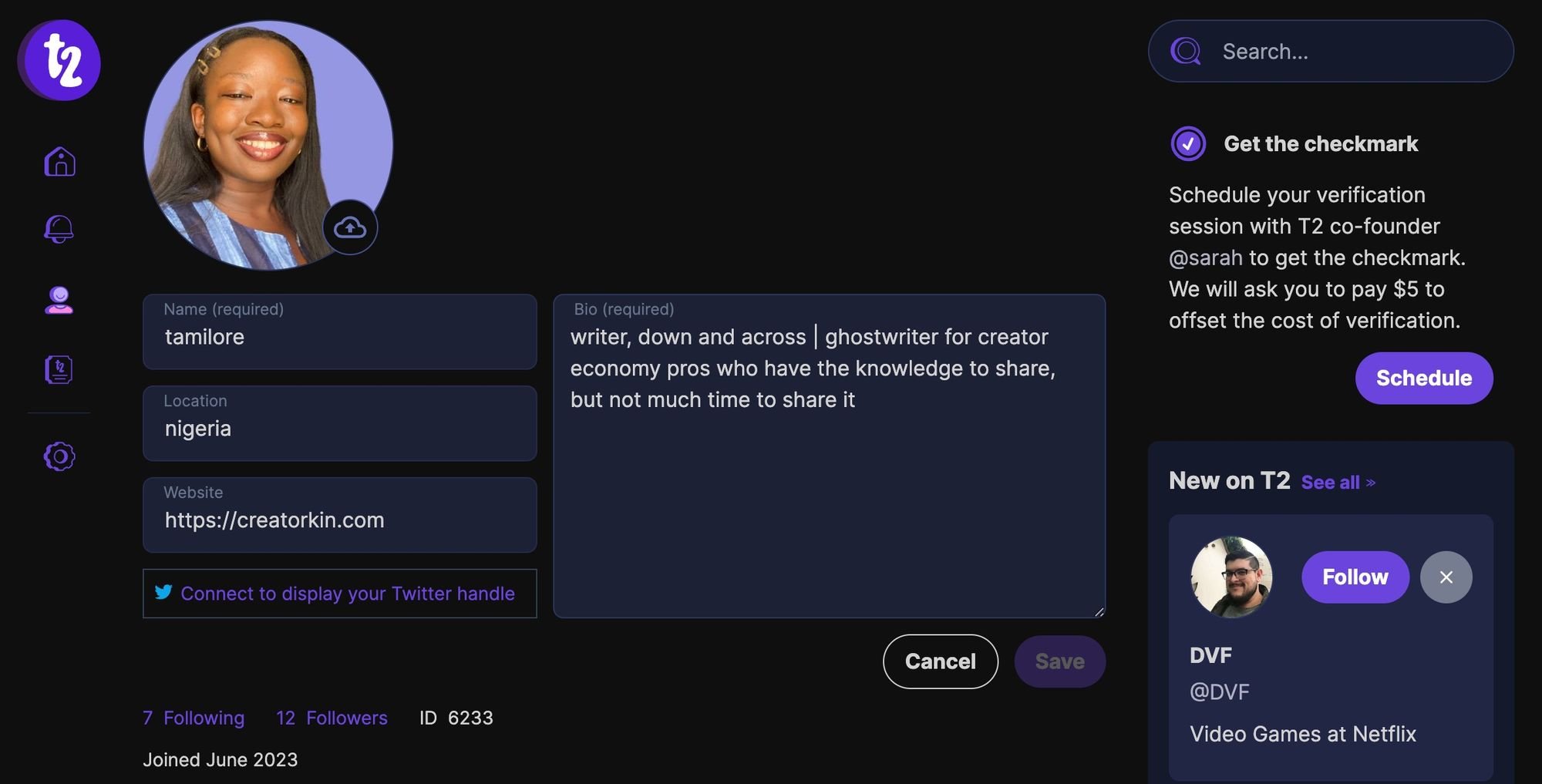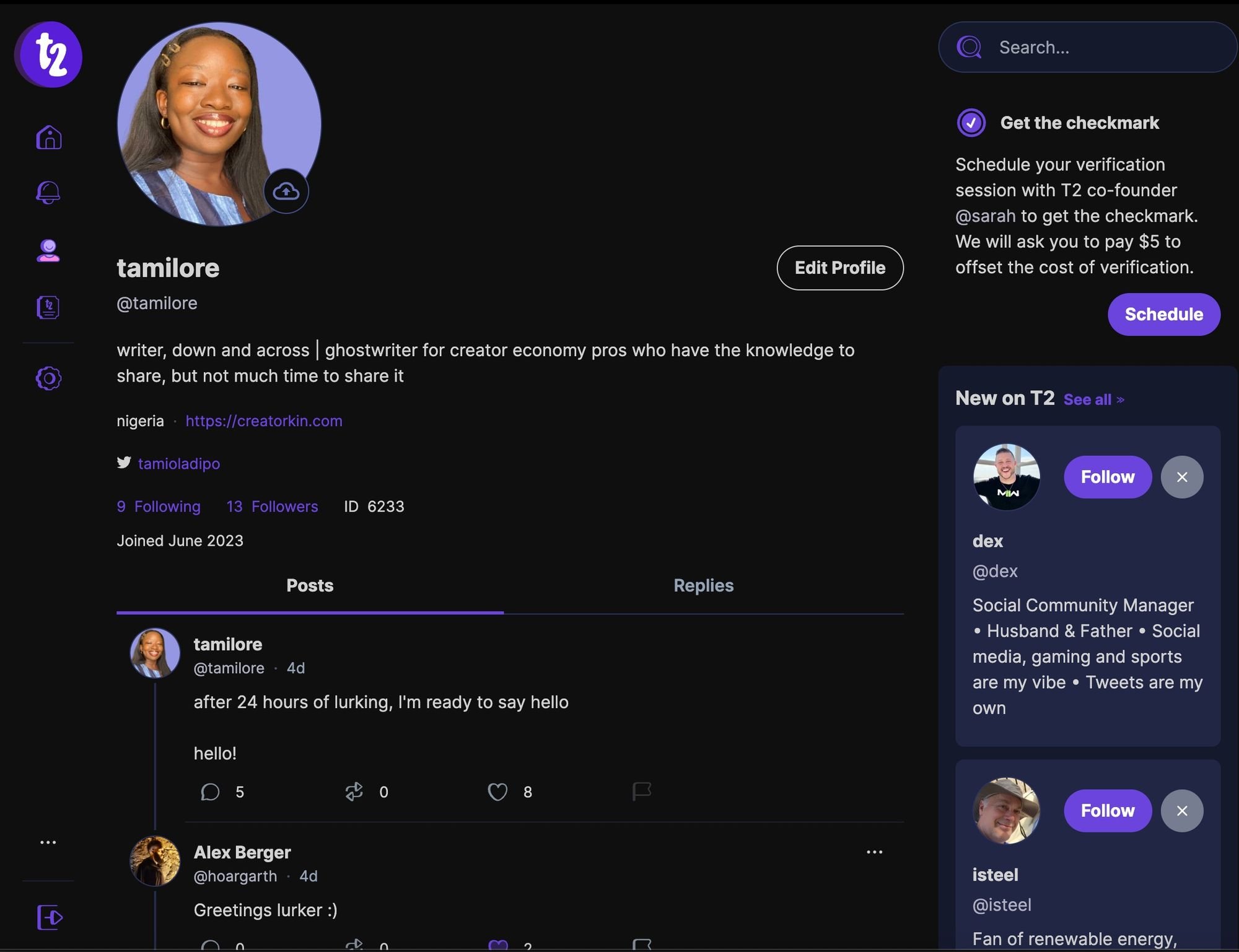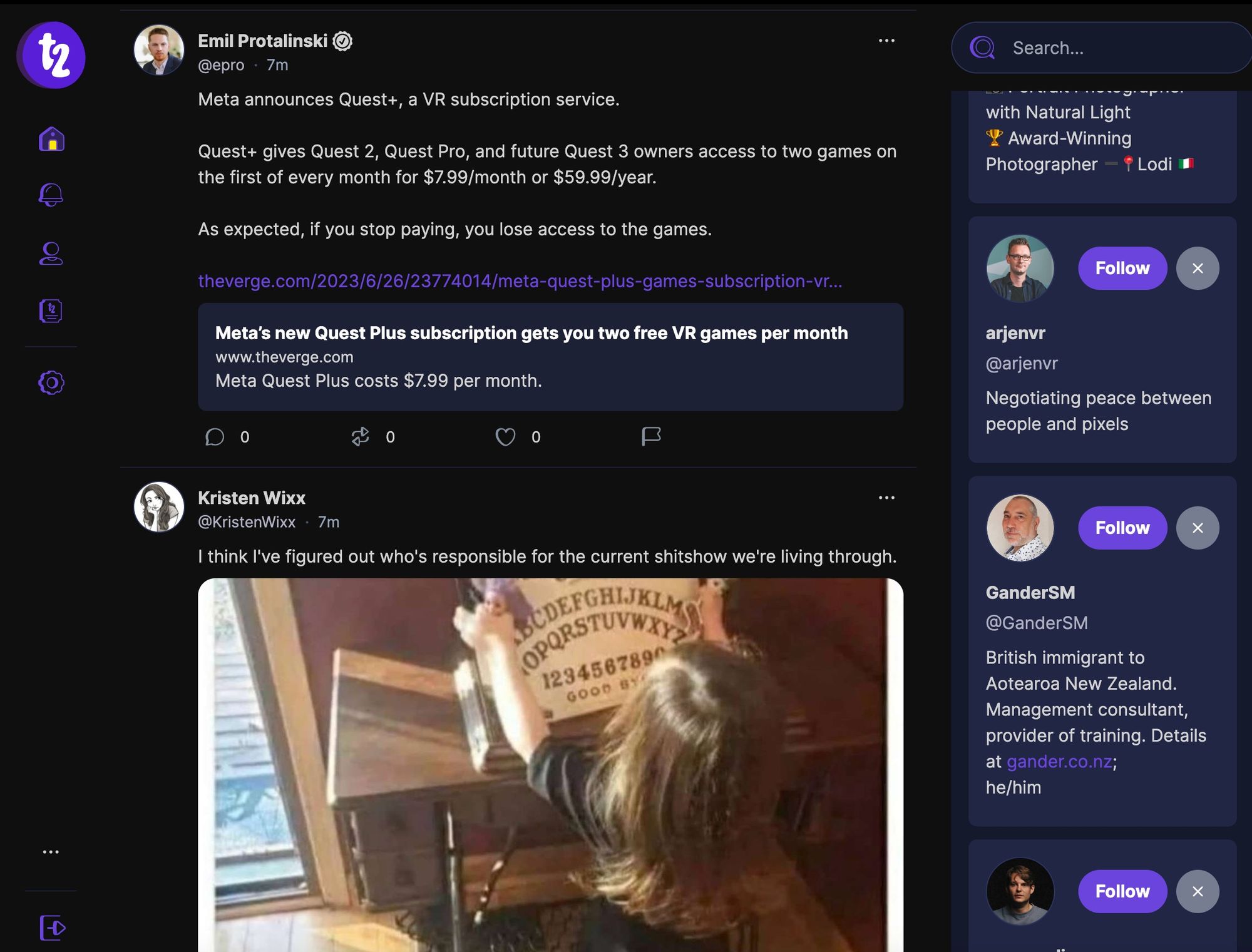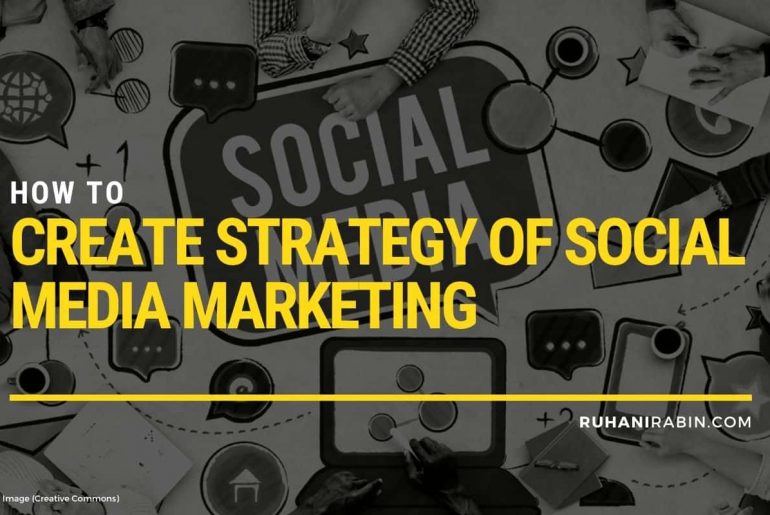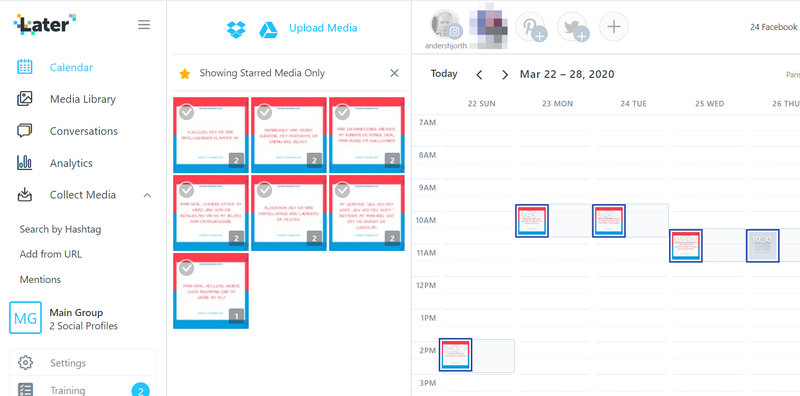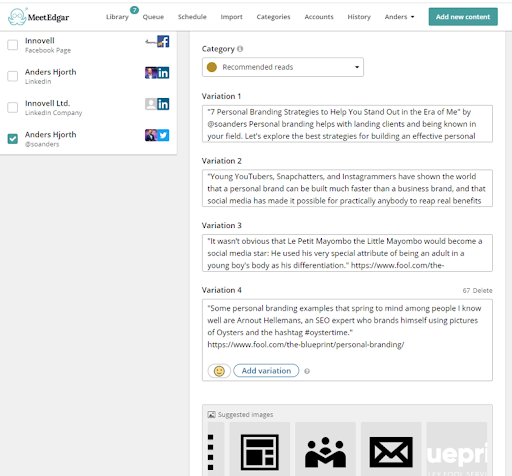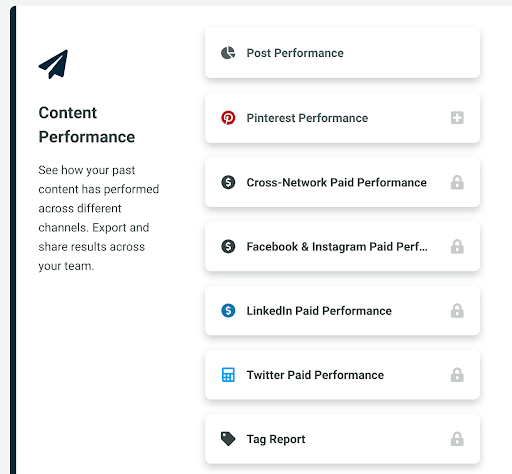By Sam Driver
Navigating the digital landscape, you’ve probably heard of the term ‘social selling.’
But what does it actually mean? And how can it turbocharge your business?
Well, think of it as the ultimate modern sales technique, leveraging your social networks to build relationships and close deals.
From reaching out to prospects on LinkedIn to leveraging customer testimonials on Facebook, there are many ways to win at this game.
So, ready to turn your social media prowess into sales power?
Let’s jump in.
What is Social Selling?
Social selling isn’t just another marketing jargon. It’s an evolved sales methodology designed to function seamlessly in the digital era.
Harnessing the power of social media platforms, it’s about finding and interacting with potential customers in their natural online habitat.
Let’s delve deeper into this concept…
Imagine you’re at a networking event. Instead of bombarding strangers with your sales pitch, you opt for a softer approach.
You mingle, listen, provide valuable input, and slowly develop relationships.
Social selling is similar, only it takes place on the virtual corridors of LinkedIn, Facebook, Twitter, and other social platforms.
But it isn’t a process of randomly approaching anyone online.
It involves strategic listening, observing potential clients’ online activity, understanding their needs, and then initiating conversations that provide value.
For instance, you might come across a LinkedIn post by a potential client who’s facing challenges your product can solve.
Instead of directly pitching your product, you could share a helpful article addressing those issues, subtly showcasing your solution.
In essence, social selling moves away from the era of cold calling and unsolicited emails, enabling you to engage in more fruitful and less anxiety-inducing sales conversations with interested buyers.
Why is Social Selling Important?

Now, you might be thinking, “Okay, so social selling involves using social media. But why should I bother?”
Well, here are a few benefits that might change your mind:
- Improved lead generation: With social selling, you’re not just throwing darts in the dark. You’re able to target audiences that are already interested in what you’re offering. Hence, you can improve the quality of your leads.
- Enhanced customer relationships: Social selling isn’t just about the sale; it’s about building relationships. You’re engaging with potential clients on a platform they’re comfortable with, leading to better connections and trust.
- Increased sales: With improved leads and better relationships, it’s no surprise that social selling can boost your sales. According to LinkedIn’s social selling index, sales reps who leverage social selling tools are 51% more likely to exceed their quotas.
With these benefits in mind, let’s transition into some top tips and strategies to help you unlock your social selling potential.
11 Top Social Selling Tips That’ll Skyrocket Your Sales

If you’re set on embracing the world of social selling, you’ll need more than a basic understanding.
Here’s where best practices come in — consider them your survival kit in the vast digital jungle of social selling…
1. Leverage LinkedIn Sales Navigator
LinkedIn Sales Navigator is not just a tool — it’s a treasure chest filled with nuggets of invaluable customer insights.
This advanced LinkedIn tool is designed to help you find the right prospects, understand their needs, and engage them with personalized outreach.
For instance, with its lead and company search feature, you can filter by job role, company size, and industry, among others, to find your ideal customers.
Moreover, it provides real-time updates about your prospects, such as job changes and shared posts, giving you a reason to engage.
Remember, sales pitches are out; insightful, personalized engagement is in.
So use these insights to approach potential customers with something valuable to them, increasing your chances of striking up a meaningful conversation.
2. Engage in Social Listening
Social listening goes beyond merely monitoring your social media mentions. It involves analysing the conversations and trends happening not just around your brand, but your industry as a whole.
For example, you might notice a rising trend or common pain point among your customers.
By addressing these in your interactions or content, you show prospects that you understand and care about their needs, making your brand more attractive.
So, make it a daily habit to listen in on the buzz, then respond strategically, placing your brand right at the heart of the conversation.
3. Promote Employee Advocacy
Your team members are not just employees; they’re your secret brand ambassadors waiting to be activated.
When they share your company’s content, they help humanize your brand and extend your reach into their diverse social networks.
For instance, a software engineer sharing a company blog post about a new feature they developed not only promotes your product but also showcases the brains behind your operations.
This type of content adds a personal touch, which can resonate with customers and build trust in your brand.
Remember, people connect with people, so fostering employee advocacy can be a huge win for your social selling efforts.
4. Partner with Influencers
Influencer partnerships can dramatically amplify your reach and boost your credibility.
But it’s not about picking any influencer; it’s about choosing the right one who aligns with your brand and can add value to your audience.
For example, if you’re a fitness equipment company, partnering with a respected fitness coach on Instagram can help your products get in front of the right eyes.
The influencer could share workout videos using your equipment, providing value to their followers while showcasing your products.
Thus, the key to successful influencer partnerships is finding those whose values align with yours, whose audience matches your target customers, and who can showcase your products or services in a way that adds value to their followers.
5. Prioritize Content Marketing

The value of high-quality, relevant content can’t be overstated. Effective content marketing isn’t about overt promotion; it’s about establishing yourself as a trusted thought leader within your industry.
This means sharing articles, infographics, and videos that not only pique the interest of potential buyers but also provide them with actionable insights.
For instance, if you’re in the SaaS industry, share tips on maximizing software productivity or post a how-to video for a common software problem.
By consistently offering valuable content, you attract potential customers, facilitate meaningful sales conversations, and organically boost your brand reputation.
6. Track Social Selling Statistics
While instinct plays a part in social selling, it should never be your primary decision-making tool.
Use social media analytics to track your efforts and understand which strategies work and which don’t.
For example, measure engagement rates to understand what content resonates with your audience or track conversion rates to see which tactics drive sales.
Adjust your approach based on data, not just gut feelings.
This constant analysis and adjustment make your efforts more targeted, increasing the efficacy of your social selling strategy.
7. Utilize a Variety of Social Platforms
One size doesn’t fit all when it comes to social selling.
Each platform has its unique demographic and engagement style, and your approach should reflect that.
LinkedIn, with its professional focus, is perfect for B2B outreach and networking, while Facebook and Instagram might be better suited for B2C and lifestyle brands.
Twitter, with its concise, real-time communication, is ideal for industry news and quick updates.
Be sure to optimize your messaging to align with the platform. A diversified presence allows you to reach a broader audience and tap into the unique opportunities each platform provides.
8. Focus on Building Relationships
Social selling is more about cultivating relationships than making a quick sale. It’s a long-term strategy, not a quick fix.
Engage with your followers by responding to their comments, answering their queries, and even participating in discussions on their posts when relevant.
For instance, if a potential client posts a question about industry trends, provide an insightful response or link to a helpful article.
This type of engagement builds a relationship based on trust and respect, positioning you as a go-to resource. This rapport will naturally lead to sales conversions over time.
Remember, in social selling, relationships are the soil from which sales grow.
9. Personalize Your Outreach
You’ve likely been on the receiving end of a generic sales message before — it’s about as thrilling as watching paint dry, right?
So, to truly engage with your potential customers, make sure your outreach efforts are personalized.
Study their profiles, understand their interests, and reflect on their needs. By doing this, you can tailor your messages to resonate with them on a deeper level.
For example, if you see a potential customer post about sustainability efforts in their industry, don’t just send them a message about your product. Instead, talk about how your product aligns with their sustainability goals.
By personalizing your messages in this way, you’re showing that you genuinely understand and care about their needs, which will in turn build trust and connection.
10. Stay Consistent with Posting

Consistency is the backbone of any successful social media strategy. Just as your favourite TV show has a consistent airing schedule, your social media accounts should also follow a regular posting pattern.
This keeps your brand fresh in the minds of your followers and demonstrates your dedication to engaging with them.
Establish a content calendar to keep track of what you’re posting and when.
Mix it up with a variety of content types — blog posts, whitepapers, user-generated content, case studies — to keep your audience engaged.
Plus, regularly updating your social media accounts may help improve your SEO rankings, which leads to greater visibility online.
11. Always Provide Value
Social selling isn’t a one-way street; it’s about fostering a beneficial relationship between you and your audience.
This means ensuring that every interaction — be it a blog post, an insightful comment, or a helpful tip — provides value to your audience.
Think of your social media platforms as a resource hub for your followers.
Sharing helpful tips, industry insights, and useful resources not only educates your audience but also positions you as a thought leader in your industry.
For example, if you’re in the software business, regularly sharing tips on maximizing software efficiency or guides on choosing the right software can be incredibly valuable for your audience.
Embracing the Future with Social Selling

Perhaps you’re sitting there, a tad overwhelmed…
We get it.
But remember, it’s not just about selling — it’s about building relationships and connecting in meaningful ways.
You’ve got the tools, you’ve got the know-how, and now, you’ve got the insights from this definitive guide.
So, it’s time to take the reins, harness the power of your social networks, and skyrocket your sales.
The world of social selling is your oyster — go out there and make some pearls!
By Sam Driver
Sam is an Associate Editor for Smart Blogger and family man who loves to write. When he’s not goofing around with his kids, he’s honing his craft to provide lasting value to anyone who cares to listen.



